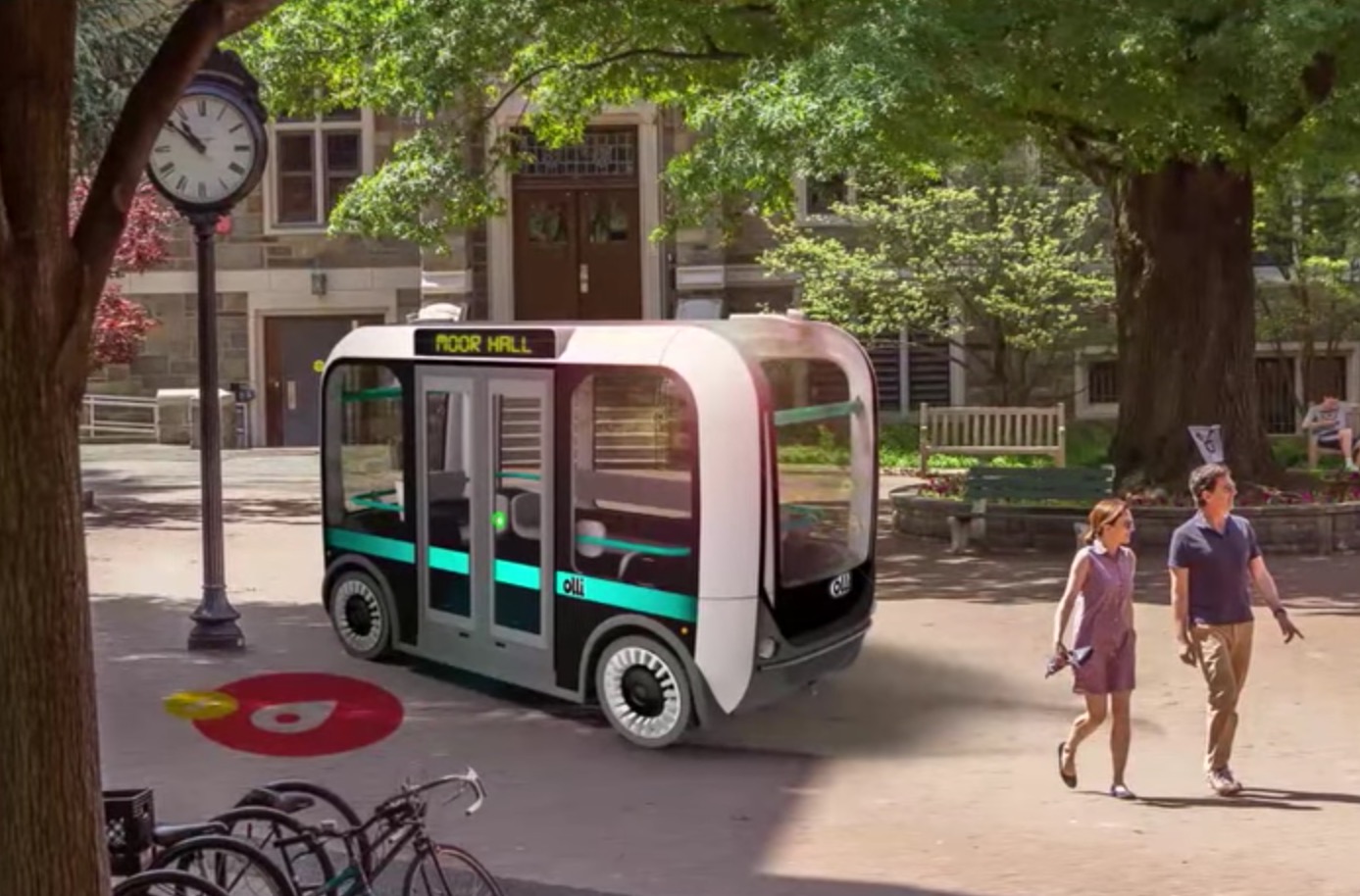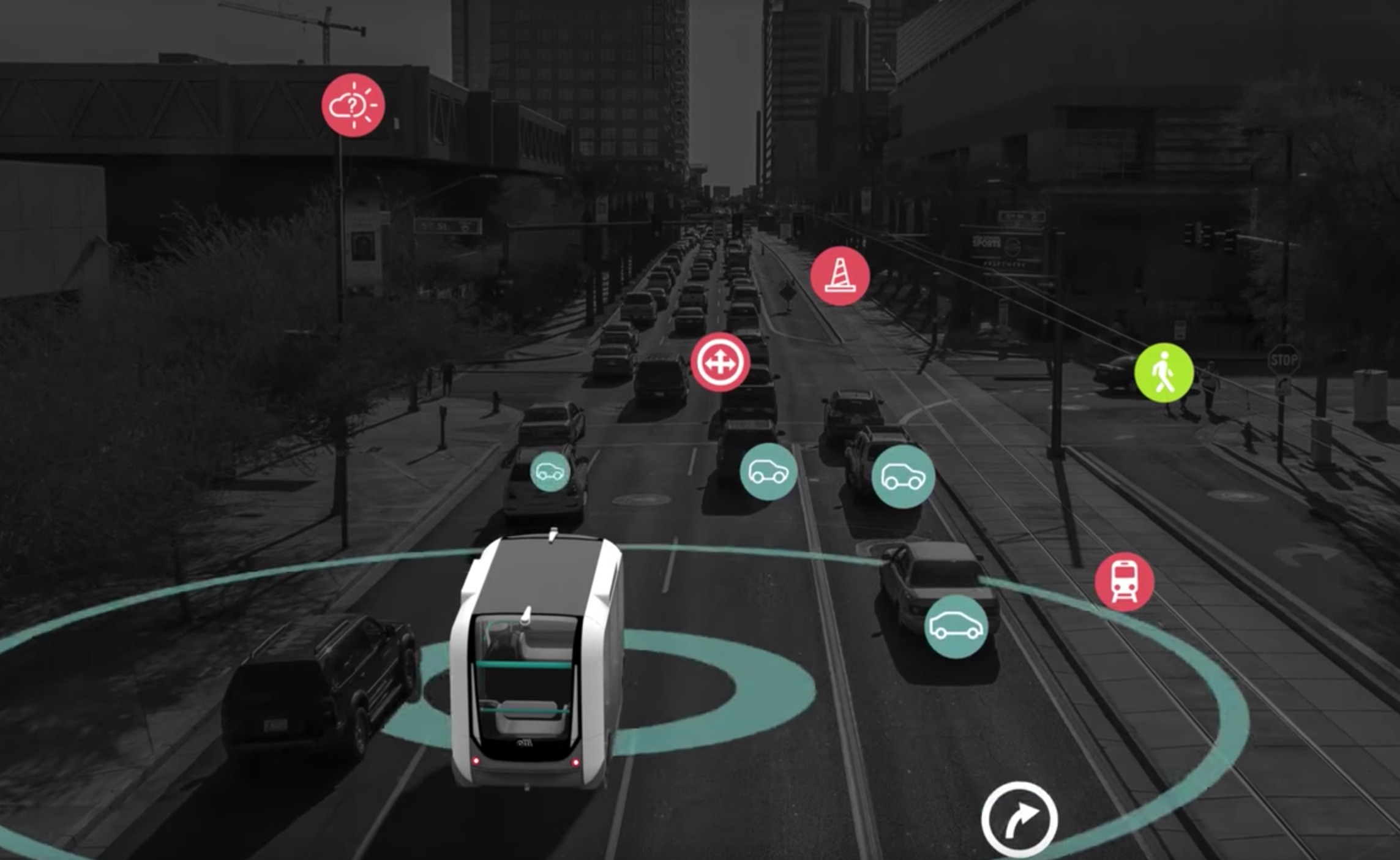
Local Motors announced a new transportation concept based partly on 3D printing: Olli, the autonomous transportation solution.
The concept was based on suggestions from their community seeking ways to improve urban transportation by blending various emerging technologies. The result was “Olli”, which is an autonomous mini-bus capable of carrying up to twelve passengers.
Olli is not only controls itself, but is also fully electric and requires no dirty fuels to operate. As a network connected vehicle, it is also possible to develop apps for the platform, such as a way for consumers to summon an Olli for pickup.
Currently Local Motors is attempting to demonstrate the viability of the concept with trials taking place in Las Vegas and Miami.
I’m very excited about this concept, as it is more than just a transportation solution – it’s more of a transportation platform upon which solutions can be implemented.
The Uber-like app solution above is merely the most obvious application, but one can imagine far more unusual applications. Here’s a few crazy ones that come to mind:
- Dynamically changing bus routes based on demand and current requests. Good bye bus stops!
- On-demand robotic cargo transport; you’ll never need to rent a small truck again.
- Road quality inspection by collating data gathered from a fleet of Olli’s traveling in an urban area.
- Campus transport within a business or other private institution.
- Delivery of specialized tools. Imagine an Olli loaded with, say, welding equipment, that could show up to a worksite on demand.

And the possibilities are endless. I suspect the Olli concept will be massive, so long as they can ensure the self-driving system works to perfection.
But there’s one thing that bothers me about Olli: it’s said to be 3D printed. While I’m certain that major components of prototype versions could (and should) be 3D printed, it’s totally unclear to me why you’d want to 3D print each Olli, as there isn’t a lot of variation in the concept, at least until you get to the stage where crazy ideas like those above are attempted.
It seems to me that Olli, if initially used as a 12-passenger human transport system, costs and part quality could best be managed by using conventional manufacturing techniques. Save the 3D printing for the prototyping of new versions, not use it for production.
Via Meet Olli and Local Motors

